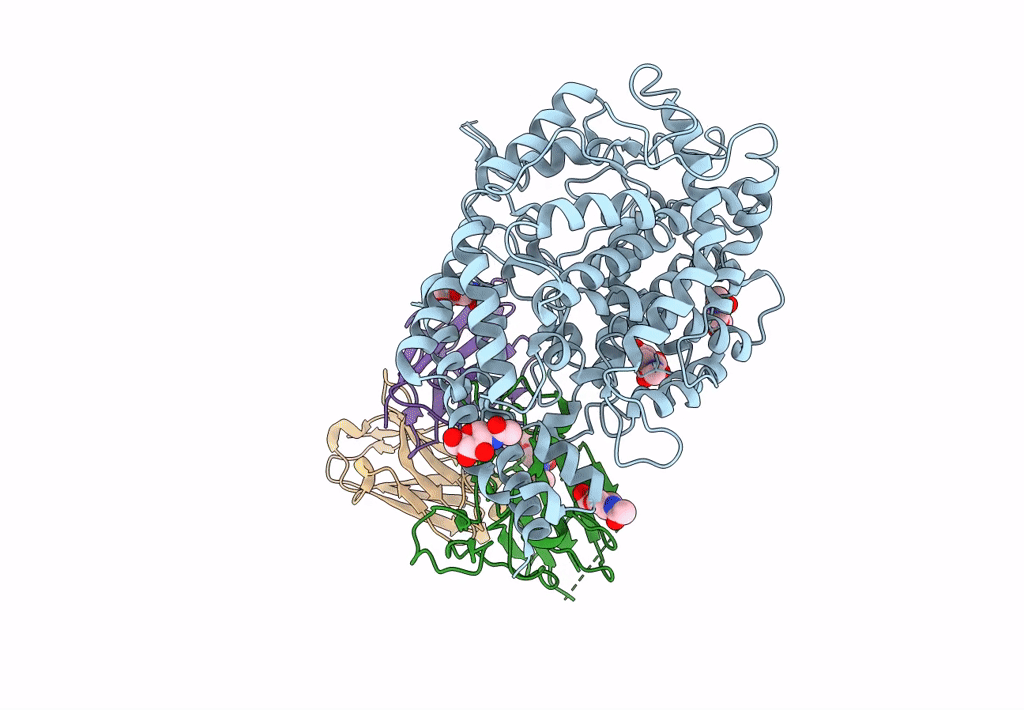
Deposition Date
2023-01-24
Release Date
2023-10-04
Last Version Date
2024-11-20
Entry Detail
PDB ID:
8FXB
Keywords:
Title:
SARS-CoV-2 XBB.1 spike RBD bound to the human ACE2 ectodomain and the S309 neutralizing antibody Fab fragment
Biological Source:
Source Organism:
Homo sapiens (Taxon ID: 9606)
Severe acute respiratory syndrome coronavirus (Taxon ID: 2901879)
Severe acute respiratory syndrome coronavirus (Taxon ID: 2901879)
Host Organism:
Method Details:
Experimental Method:
Resolution:
3.10 Å
Aggregation State:
PARTICLE
Reconstruction Method:
SINGLE PARTICLE


